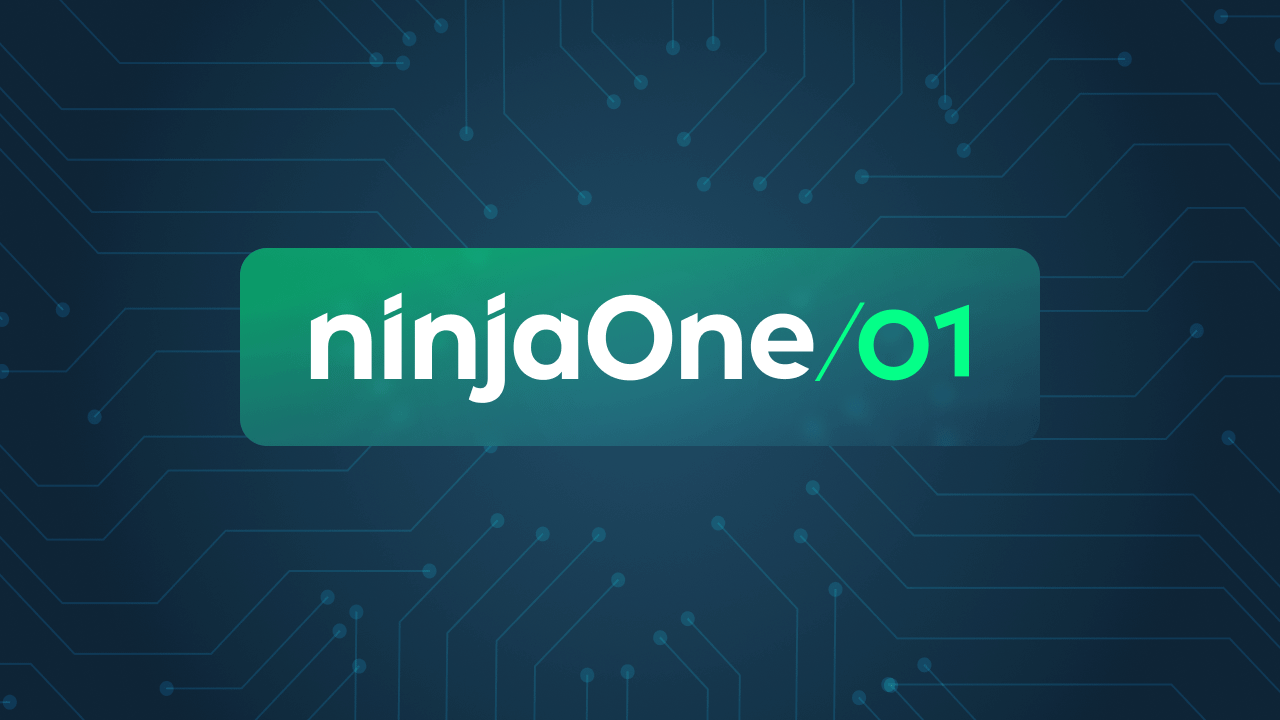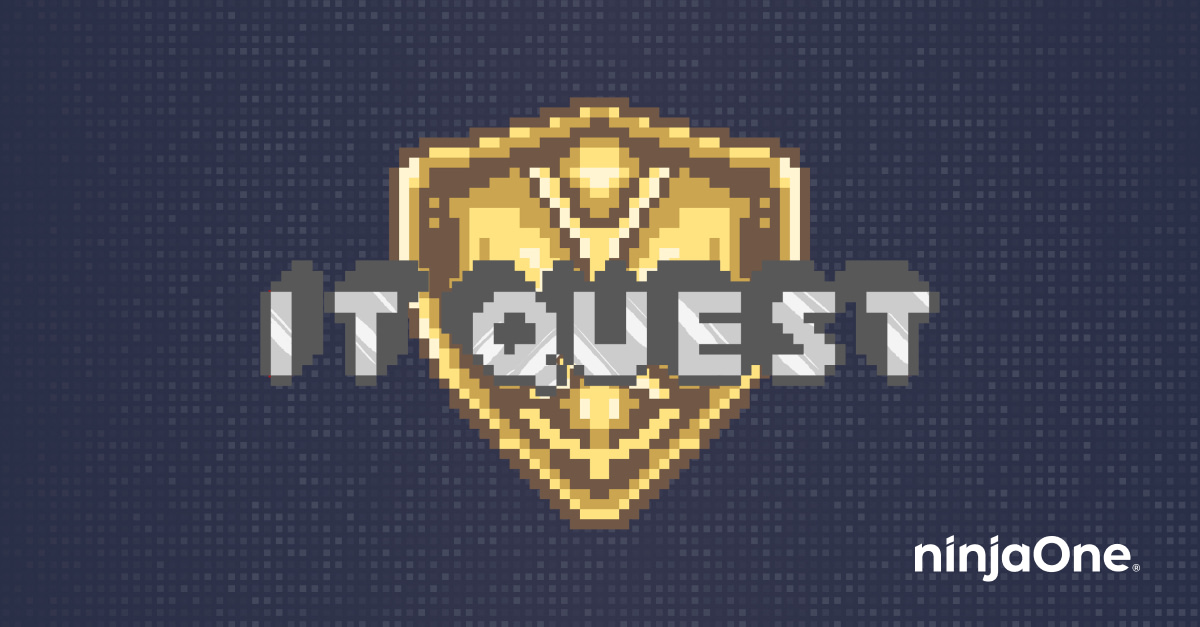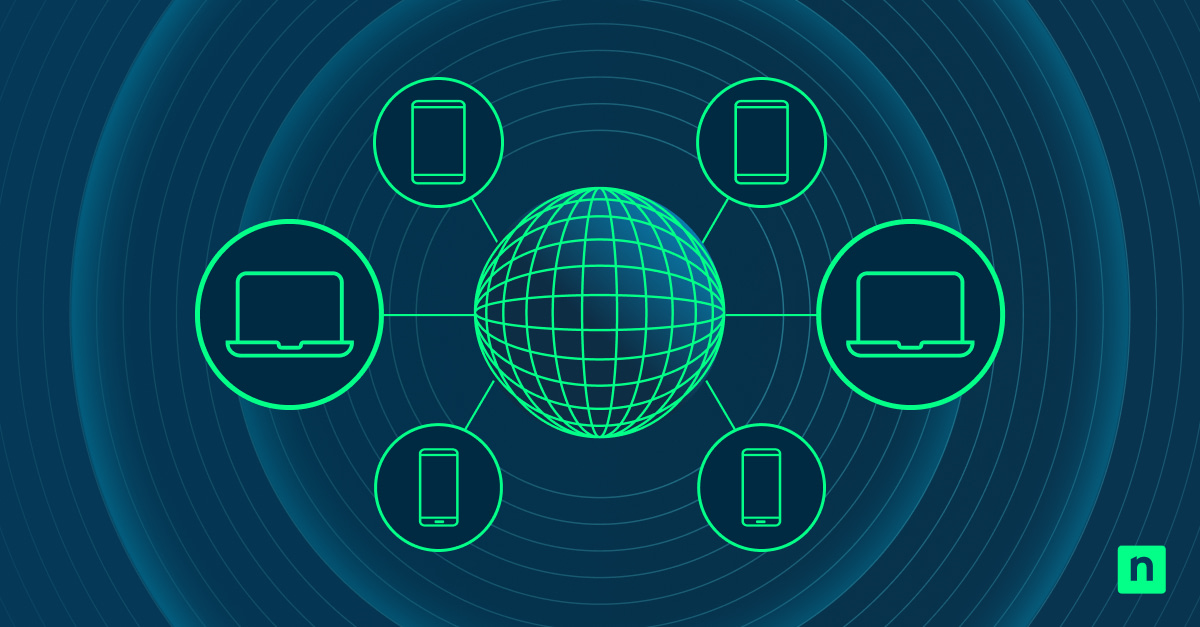In today’s hyper-connected digital landscape, businesses face an ever-evolving array of challenges when it comes to managing their IT environments. With an increasing number of devices, applications, and systems to oversee, the demand for efficient, streamlined management solutions has never been higher. Enter Unified Endpoint Management (UEM) solutions – the unsung heroes of modern IT operations.
What is UEM, and why is it critical?
Unified Endpoint Management refers to a centralized approach to securing and controlling desktop computers, laptops, smartphones, and other endpoints. It’s about ensuring every device that accesses your corporate resources is consistent, compliant, and secure. But beyond these basics, UEM plays a pivotal role in enhancing overall operational efficiency.
The modern workspace isn’t just confined to an office. With remote working becoming the norm, employees access company data from various devices and locations. This flexibility, while beneficial, comes with its set of security and management challenges. UEM solutions offer a consolidated platform to manage this diversity, ensuring data security without hampering accessibility.
The rising importance of UEM solutions
The pandemic has dramatically altered the dynamics of workplaces. Organizations have been compelled to adopt remote work models, leading to an exponential increase in the number and type of devices accessing corporate networks. In this dispersed digital environment, UEM solutions act as a beacon, ensuring seamless integration, uniformity, and security.
Without a robust UEM solution, businesses risk:
- Security breaches: With multiple access points, the chances of unauthorized access or data leaks increase.
- Inconsistent updates: Patches and software updates might not get uniformly applied, leading to vulnerabilities.
- Operational inefficiencies: Managing each device individually consumes time and resources.
Learn how Cherry Republic improved its endpoint visibility and its end-user support workflow.
“Before we switched to Ninja, we had some basic monitoring on our most critical servers, but nothing on our endpoints. We had a small amount of visibility into the network and critical workflows, but the information wasn’t nearly as accessible as it needed to be for us to provide the level of service I wanted.”
Brian Kindt, Director of IT, Cherry Republic
Selecting the right UEM solution
While the market is flooded with UEM solutions, selecting the one that aligns with your organization’s needs is crucial. Here are some pointers:
- Compatibility: Ensure the UEM solution supports all devices and operating systems in your organization.
- Scalability: As your business grows, so will your IT requirements. Choose a solution that scales with you.
- User Experience: A complex system might deter usage. Opt for a solution with a user-friendly interface.
- Integration Capabilities: Your UEM should seamlessly integrate with existing enterprise systems and applications.
- Security Features: Look for solutions that offer advanced security features, including encryption, remote wipe, and multi-factor authentication.
Navigate the digital landscape with confidence by selecting the optimal UEM solution tailored to your needs. Download our guide to learn more.
Future-proofing with UEM
As technology continues to evolve, the future holds even more devices, more connectivity, and inevitably, more challenges. Artificial Intelligence (AI) and the Internet of Things (IoT) promise a future where everything is interconnected. In such a scenario, UEM solutions will not be a luxury but a necessity. Imagine a future where your office HVAC system, coffee machines, and even lighting systems are interconnected. While this offers unmatched convenience, it also opens the door to potential security threats. A UEM solution would be pivotal in ensuring these myriad endpoints are consistently managed and secured. Furthermore, as AI makes inroads into IT management, UEM solutions will likely incorporate predictive analytics. This means they could foresee potential issues or threats and take corrective action even before a problem arises.
Conclusion
Unified Endpoint Management is more than just another IT solution; it’s an essential tool for modern businesses aiming for growth, security, and operational efficiency. As the lines between different device types blur and as technology continues its relentless march forward, having a robust UEM solution will be the cornerstone of successful IT management. Whether you’re a small business or a large enterprise, now is the time to invest in a UEM solution that will serve your needs today and scale with you into the future.
Learn how to choose the right UEM solution for your business.









